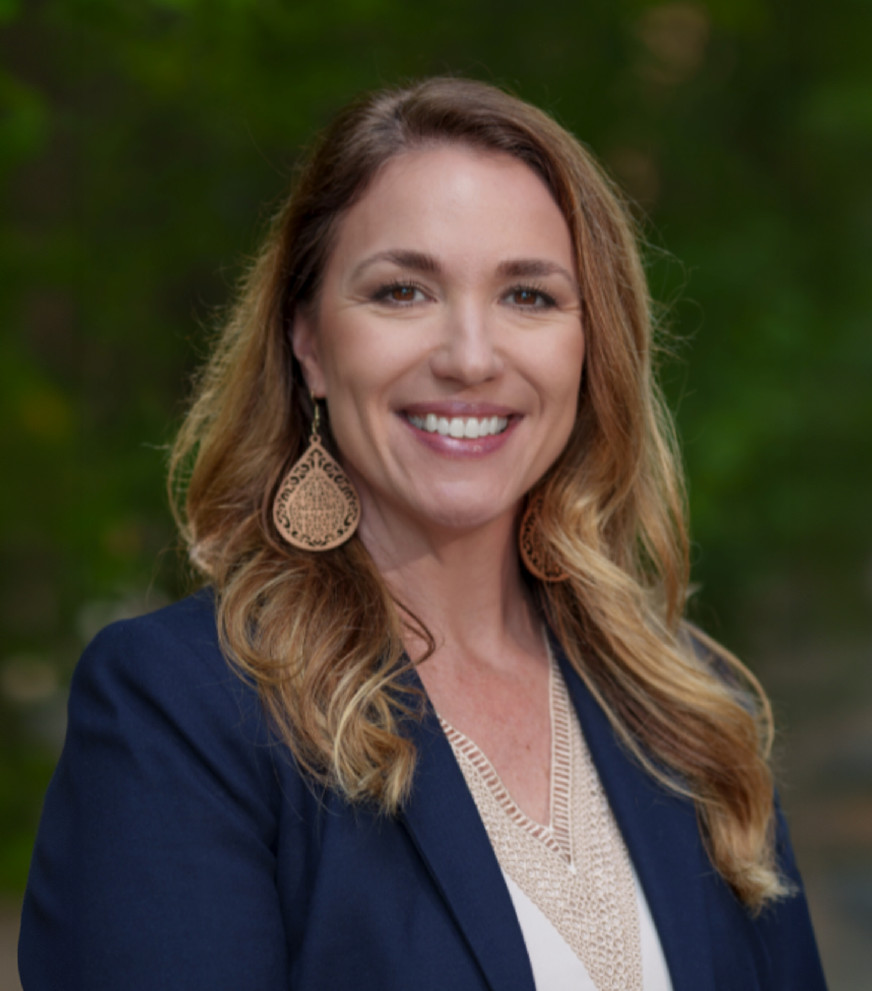
Stop Searching for the Holy Grail: Responding to COVID-19 Achievement Gaps
How Educators Should Address Achievement Gaps Exacerbated by the COVID-19 Pandemic
Since school closures and remote learning became the norm, I have received emails from school and district leaders relevant to COVID-19 achievement gaps asking some variation of this question:
What assessment do you recommend we administer when students return from remote learning in fall 2020? It has to be commercially available, quick and easy to give, identify student knowledge and skill gaps, provide instructionally useful information for teachers, and monitor student progress along the way. Oh, and it needs to be accessible for all students, all grade levels, and all content areas.
My response has been to send them a copy of The DaVinci Code. If they are interested in a search for the Holy Grail, they might as well enjoy a couple of hours with Tom Hanks.
To deal with the disruptions caused by the COVID-19 pandemic, what districts do not need is to begin a quest for the holy grail of assessments – an assessment that simply does not exist, despite what they might read online. Now more than ever, what teachers need is guidance about how to use, select, design, and interpret classroom assessments to gather evidence of student knowledge and understand gaps to improve student learning; otherwise referred to as assessment literacy.
This quest for assessment literacy takes us back to the foundations of high-quality instructional systems. Effective instruction is about identifying what students know and can do, then differentiating instruction to meet students where they are and guiding them to where they need to go.
Here is a suggested sequence of learning modules for state, district, or school leaders starting to plan for re-entry in fall 2020. It is designed to help sharpen teachers’ assessment literacy and differentiated instruction expertise in areas critical to both student academic success and the reduction of achievement gaps. It is beyond the scope of this short blog to go into detail about any or all of these learning modules, but a brief description is provided for each topic.
- Using Pre-Assessment to Identify Student Knowledge and Skill Gaps
- Pre-assessment is a way to gather evidence about what students know and can do prior to teaching a unit. Strong pre-assessments reveal significant differences in the knowledge, skills, or conceptual understandings of students. Teachers use this information as a starting point to plan instruction that will meet learners’ needs.
- The Basics of Differentiated Instruction
- Differentiated instruction is a framework that teachers can use to implement a variety of instructional strategies aimed to help meet students where they are and move them to where they need to go. Differentiated instruction relies on pre-assessment to flexibly group students for instruction and requires adjusting the content, process, and/or product in order to help all students meet challenging performance standards.
- Formative Assessment
- Formative assessment is inseparable from instruction. Formative assessment is the gathering of evidence about what students know and can do for the purposes of feedback used to adapt instruction to improve student learning and monitor student progress of important learning targets.
- Accelerated Learning Approaches and Methods
- Accelerated learning approaches and methods recognize that students, some more than others, will need to catch up. There are multiple solutions to address this problem—some of which are more/less evidence-based. For example, extending the school day or school year is not a fix-all. Teachers need to understand how to prioritize content standards and cluster standards together in order to help students truly catch up without losing the most important knowledge, skills, and understandings.
- Summative Classroom Assessment and Re-Learning Opportunities
- Summative assessments are typically used at the end of a unit of study or another time period to broadly signal what students know and can do at a particular level of cognitive complexity. Summative assessments that are more performance-based can drive deeper learning and high-quality instructional practices. Other types of summative assessments survey only lower-order thinking skills such as fact recall. Teachers can use summative assessment information to identify students who have not yet demonstrated mastery of the intended learning targets and who subsequently need re-learning opportunities.
- Introduction to Systems of Assessment
- Classroom assessment systems can resemble a pile of bricks—a somewhat random selection of assessments put together in a way that lacks coherence and structure—or classroom assessment systems can resemble a building with bricks placed in specific places for particular reasons. To create a balanced assessment system, teachers and other school/district leaders must consider;
- How classroom assessments can be coherently linked with an underlying theory or model of learning.
- How to provide comprehensive information about students in a continuous way over time.
- How to efficiently gather information about student learning in ways that are useful for the defined purposes, including supporting instruction.
COVID-19 has changed the landscape of schooling across the world. School closures, remote learning, homework bags—these are just a few of the “new normal” terms. We know that schools’ responses to the pandemic this spring did not cause achievement gaps—achievement gaps have been a pervasive aspect of American educational systems for as long as there has been public school. But achievement gaps will be exacerbated and more widespread given students’ varied remote learning experiences and opportunity to learn.
The Center for Assessment is committed to supporting states and districts as they, in turn, support teachers in thinking about classroom-based assessment solutions to these complex problems. We will be creating and identifying materials, resources, and tools that could be used or adapted by districts related to determining and addressing students’ learning needs over the coming weeks and months. Though we make no promise that our humble offerings will solve all educational ills or provide the holy grail, we do hope we can help support practices that will help educators serve all students well in both the Fall 2020 and beyond.
Click here to access our Classroom Assessment Learning Modules.
